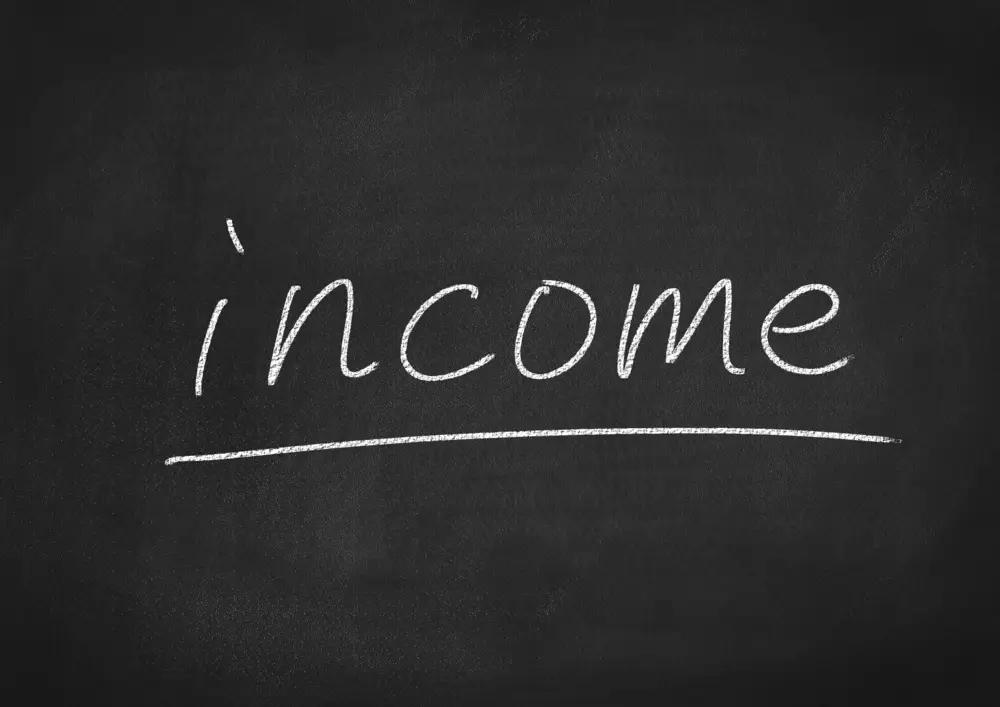How to Budget Money on a Low Income: Simple Steps to Financial Freedom
While low-income management of your finances can be daunting, with the correct strategy, you can reach stability and even save for the future. Smart budgeting helps you control your money, lower anxiety, and create a road map for financial freedom. Here we list doable and sensible ways on how to budget money, even with little income.
Understanding the Importance of Budgeting on a Low Income
Why Budgeting Is Crucial for Financial Stability
By methods of most efficient allocation, budgeting assists you to maximize your limited resources. It offers a road map for achieving financial goals, helps to reduce expenditures, and guarantees prompt payment of bills. Lack of a budget makes it simple to overlook where your money goes, leading to debt and unnecessary concern.
Common Challenges Faced by Low-Income Earners
Limited resources, erratic spending, and less chances to save mean low-income people often experience more financial stress. Juggling groceries, electricity, and rent could leave little space for savings money or an emergency.
Benefits of Financial Planning for Long-Term Security
A well-considered budget can result in peace of mind, lower debt, and finally savings for long-term needs including retirement, home ownership, or school. Little efforts toward financial planning over time can have a big influence.

Creating Your Budget: A Methodical Guide in Steps
Evaluating Your Income and Spending Patterns
First list all of your money sources; then, track your expenditure over a month. Sort them into variable costs— food, transportation—and fixed costs—rent, utilities.
Categorizing Essential vs. Non-Essential Spending
Sort among non-essential items like leisure and basic needs like food and housing. Sort priorities and search for places to cut back on non-essentials.
The 50/30/20 Rule and How to Adapt It for Low Incomes
According to the 50/30/20 guideline, one should save 20% while spending 50% on wants and 30% on needs. On a limited income, this could need changing. Try for 60% on needs, 20% on wants, and, if at all possible, 20% on savings or debt cancellation.
Reducing Expenses Without Compromising Quality of Life
Tips for Lowering Utility and Housing Costs
- Choose LED lights and energy-efficient equipment to cut power costs.
- Think about shared living or work out rent with your landlord.
- Search for programs designed to assist with utilities.
Strategies for Saving on Groceries and Essentials
- Plan meals and make a shopping list to help to prevent impulse purchases.
- For non-perishables, buy in quantity; shop during sales.
- Save on regular purchases using reward apps and coupons.
Cutting Back on Non-Essential Spending Wisely
- Cook at home to cut dining out.
- Cancel memberships and subscriptions you never use.
- Look for free or low-cost entertainment choices including parks and library events.
Increasing Your Income to Support Your Budget
Exploring Side Hustles and Part-Time Jobs
Look for opportunities to earn extra cash in tutoring, babysitting, or freelancing. Little sums will also be very beneficial in keeping your means under control.
Leveraging Community Resources and Assistance Programs
Use food banks, housing aid, and other local initiatives meant to help low-income people and households.
Upskill to Land a Better Job
Invest in reasonably priced or free classes to enable you to pick up fresh skills, therefore raising your long-term earning potential.

Creating an Emergency Fund From a Limited Income
Why Should One Have an Emergency Fund?
An emergency fund lessens dependency on credit cards or loans by giving a safety net for unanticipated costs including medical bills or auto repairs.
Beginning small: The value of little savings over time
Try saving five to ten bucks every week first. Little amounts added over time help to provide a cushion against financial shocks.
Creative Ways to Save More Without Feeling the Pinch
- Sort extra change into a piggy bank or container.
- Round purchases to the closest dollar using budgeting software, then save the difference.
- Cut back on little, frequent outlays like visits to coffee shops.
Managing Debt and Avoiding Financial Pitfalls
Prioritizing High-Interest Debts
Pay down high-interest debt first to cut the total paid over time. Depending on your inclination, use the snowball or avalanche technique.
Negotiating with Creditors for Better Terms
To make payments more reasonable, call creditors to ask for debt consolidation choices, reduced interest rates, or longer loan terms.
Avoiding Payday Loans and Other Predatory Practices
Payday loans can cause debtors caught in a cycle of high interest rate and fee-based debt trap. Look for other choices such borrowing from reliable family members or credit union personal loans.
Financial Tools and Apps for Low-Income Budgeting
Budgeting Apps That Simplify Expense Tracking
Track spending, create objectives, and stay to a budget with apps including Mint, YNAB (You Need a Budget), and EveryDollar.
How to Use Spreadsheets for Manual Budgeting
Use spreadsheets to thoroughly break down income, expenses, and savings targets for people who would rather be hands-on.
Tools for Monitoring and Managing Debt
Tracking applications and debt payoff calculators will help you keep on top of payments and see development toward debt-free.
Developing Smart Saving Habits
Practicing Delayed Gratification
Give yourself 24 hours to determine whether a non-essential item is really needed, therefore resisting the need for instant purchases.
Automating Savings for Consistency
Create automated transfers to a savings account to guarantee regular savings free from conscious thought.
Shopping Smart: Bulk purchases, discounts, and coupons
Use loyalty cards; buy in bulk for often used items; plan purchases around sales; and optimize savings.

Seeking Aid: Tools for Monetary Help
Government Programs Helping Those with Low Income
Review programs like Medicaid, SNAP, and housing assistance to reduce financial stress and free money for other needs.
Non-Profit Organizations Offering Financial Aid
Nonprofits include Salvation Army and United Way help with utilities, rent, and other basic costs.
Free Financial Counseling and Guidance Services
To help you design a sustainable budget, companies such as NFCC (National Foundation for Credit Counseling) provide free or low-cost financial counseling.
Planning for the Future on a Limited Income
Setting Realistic Short-Term and Long-Term Goals
Divide your financial objectives into reasonable phases, including building a retirement fund or saving for a vacation. Celebrate little accomplishments to keep inspired.
Saving for Retirement Even with Limited Funds
Research employer-sponsored retirement plans or start an individual retirement account (IRA). With compound interest, even little gifts increase over time.
Teaching Financial Literacy to Your Family
Share budgeting advice with relatives to establish a shared sense of financial responsibility and equip next generations for success.
Inspiring Stories of Budgeting Success
Real-Life Examples of Low-Income Individuals Achieving Stability
Emphasize success stories of people who, by smart budgeting and resourcefulness, have overcome financial challenges.
Lessons Learned and Strategies That Worked
Get ideas from the experiences of others to find strategies that might fit you.
Staying Motivated Through Tough Financial Times
Recall that financial progress is a road trip. To keep momentum, pay more attention on development than perfection.

Typical Mistakes to Steer Clear of When Low Income Budgeting
Spending too much on credit cards
Steer clear of credit card use for non-essential items unless you can pay off the bill in whole every month.
Ignoring Need to Change the Budget
Review your budget once a month to match changes in income, expenditure, or financial goals.
Ignoring Unexpected Spending: Not Counting
Set aside money for regular but infrequent needs include insurance premiums, auto repairs, or Christmas gifts.
Final Thought: Your Road to Financial Freedom
Low income budgets are not impossible even if they offer difficulties. One can attain financial stability by tracking spending, cutting costs, and creating savings via little, persistent actions.
FAQs:
- What is the first step to creating a budget on a low income? Track all income and expenses first to know your financial condition.
- How can I save money when my income barely covers my expenses? Look for little ways to reduce non-essentials and maximize community resources.
- Are there tools to help me budget more effectively? Indeed, programs like Mint and YNAB may streamline tracking of expenses and budgeting.
- Should my monthly funds fall short, what should I do? Stress reducing costs and boosting income by side projects or help programs.
- How can I keep the resolve to follow a budget? Remember the long-term advantages; value little achievements; and create reasonable goals.



